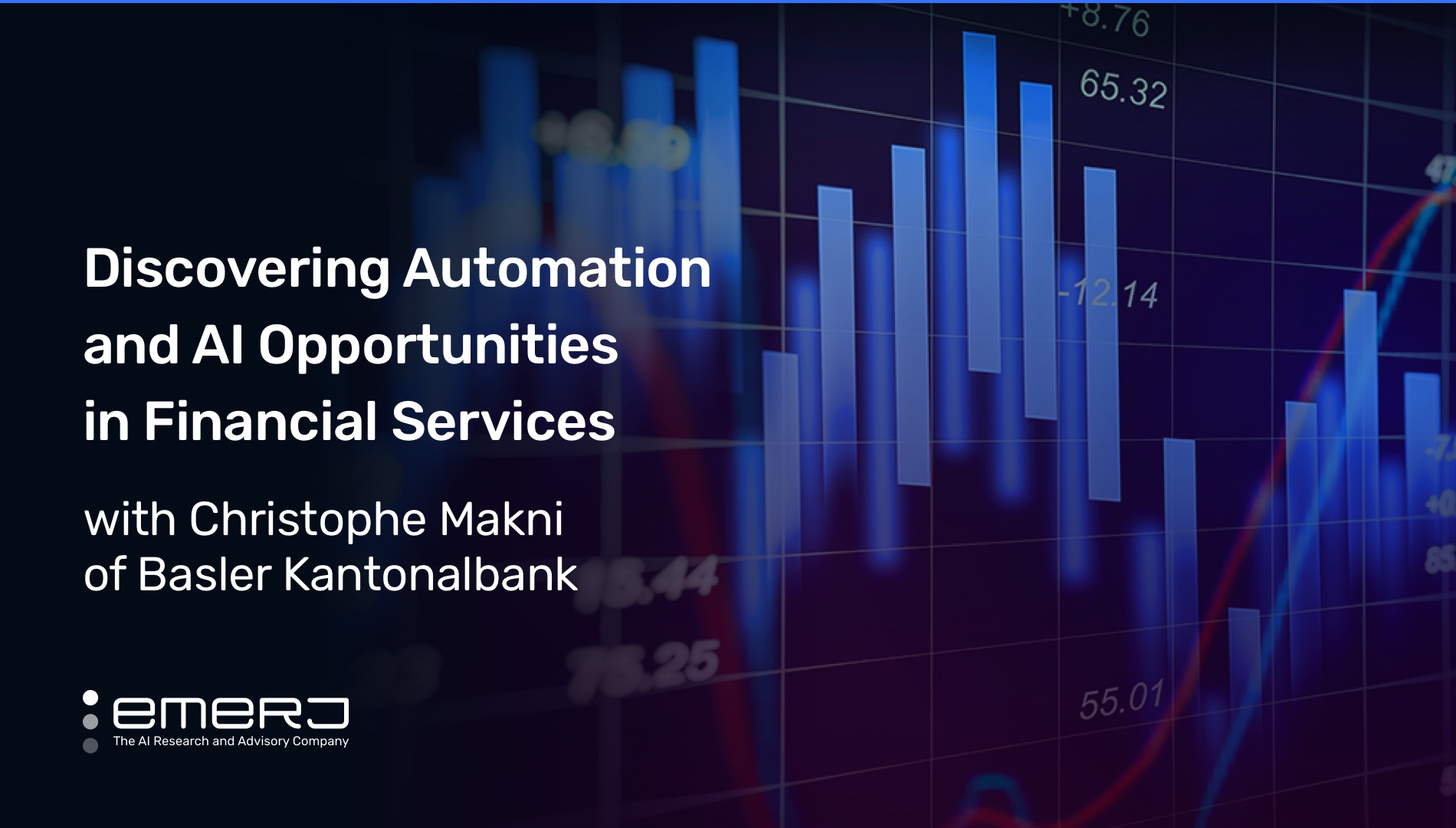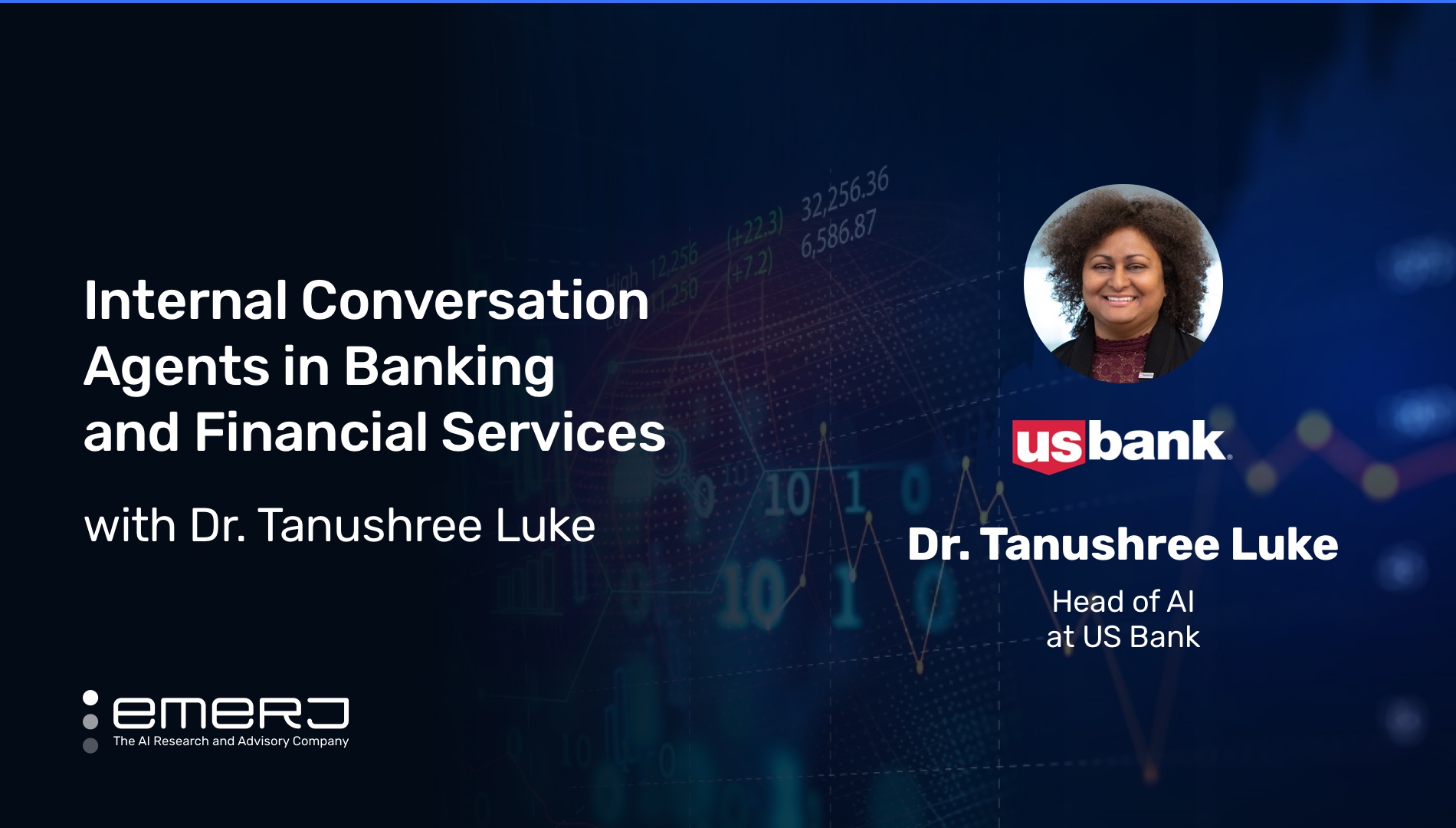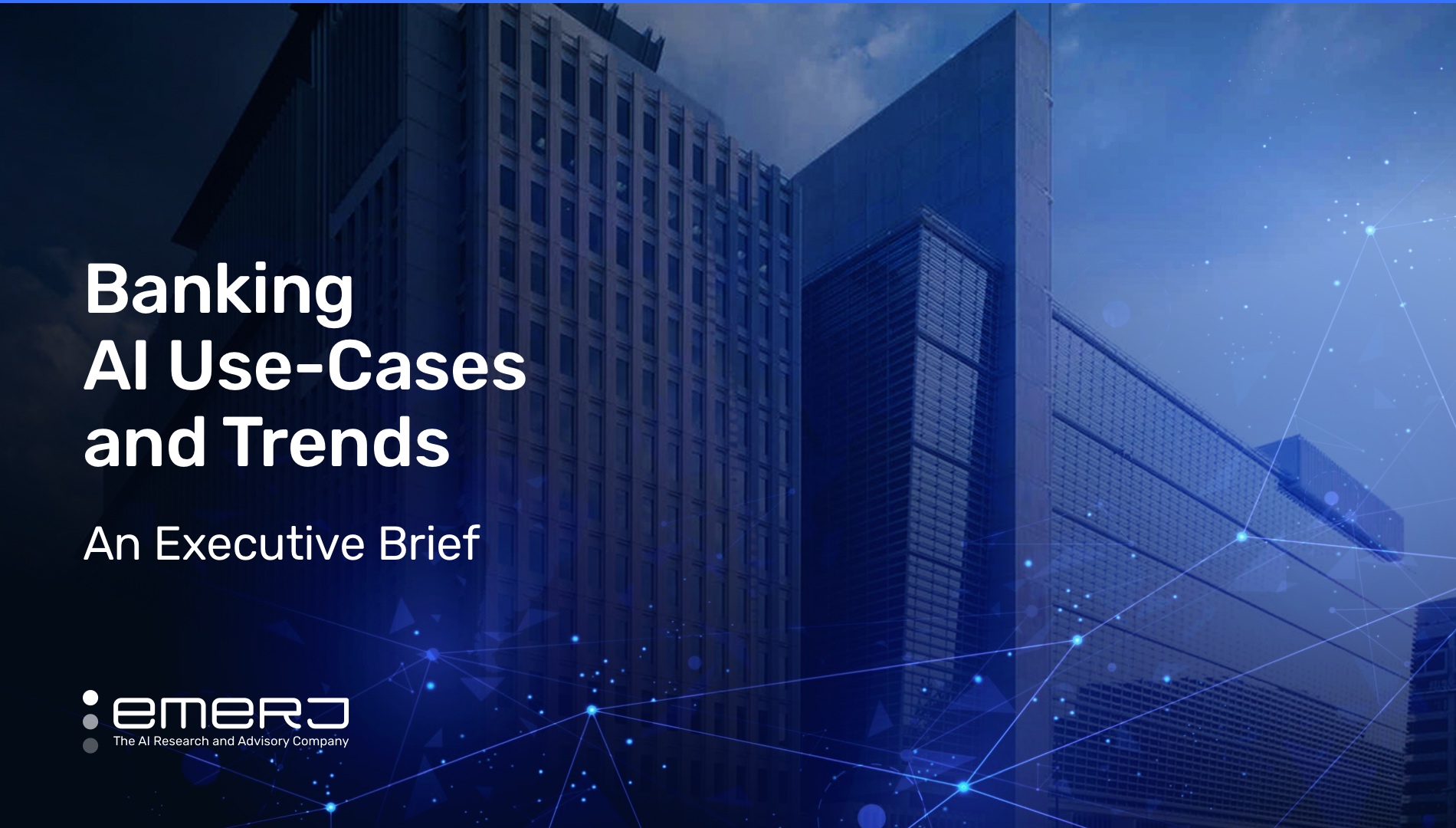Upselling and Cross-Selling in Insurance with AI – with Zohar Bronfman of Pecan.ai
AI and machine learning are increasingly used across use cases throughout the insurance industry. Examples include automating underwriting, streamlining claims processing, improving customer service, and predicting customer risk.
As noted across tech sector research publications, AI and machine learning adoption is, however, lagging in the insurance space: The global market size of AI in the insurance space is just under $3 billion, according to most reputable sources. Banking and other financial services sectors lap this amount several times over. Yet there remains a bevy of opportunities, as analysts expect the market to proliferate — generating over $45 billion by 2031.
One business area of opportunity where leaders can find meaningful ROI from AI in insurance applications is from upselling and cross-selling, according to one recent guest on Emerj’s AI in Business podcast.
That guest is Dr. Zohar Bronfman, co-founder and CEO of Pecan, a company that produces an AI-driven platform designed to drive business value using predictive analytics and proprietary model scoring.
The points Zohar raises for using AI – particularly machine learning – to enhance operations in the insurance sector mirror those echoed from many executives we’ve hosted on the AI in Business podcast. As we’ve heard from Zohar and other guests on the show, among the most significant advantages of machine learning is the technology’s ability to analyze vast data stores, detect patterns, and help uncover actionable insights.
In their approximate 21-minute-long conversation, Emerj CEO Daniel Faggella spoke with Dr. Bronfman throughout the episode about how insurers can use AI and machine learning to find cross-selling opportunities. This article summarizes two primary actionable insights for business leaders, derived from their conversation:
- Implementing scoring optimization for upgrading policies and client targeting: Scoring customers based on the likelihood of conversion can help drive revenue and accelerate growth by uncovering opportunity pockets across use cases.
- Moving data projects forward by reframing business needs into predictive questions: Using a predictive creation process to reframe your business need into a predictive question reduces the manual effort and enhances efficiency relative to traditional data science.
Guest: Zohar Bronfman, CEO, and Co-Founder at Pecan
Expertise: Analytics, AI, deep learning, computational psychology
Brief Recognition: Since co-founding Pecan in April 2018, Zohar and his fellow co-founder, Dr. Noam Brezis, have successfully led Pecan through Series A, B, and C funding rounds of $11-, $35-, and $66 million, respectively. Zohar holds a Ph.D. in Computational Neuroscience from Tel Aviv University.
Scoring Optimization for Policy Upgrades and Client Targeting
At the end of the day, Zohar tells Emerj, there’s no replacing machine learning-based AI capabilities for decreasing time spent in otherwise manual processes for tracking client information across multiple tasks and divisions. Like many institutions across financial services – and bearing a striking resemblance to banks – insurance firms are not just awash in information to be processed by legacy systems.
The tasks at the heart of providing state-of-the-art customer experiences rely on a full organization-wide integration of data that – under manual workflows and data security standards – is bound to start from a position of being siloed across the organization.
Yet as Zohar testifies throughout the podcast, until this information is digitized and treated with machine learning technologies to derive deeper insights, the organization stands to fall behind the competition:
“It doesn’t matter how intelligent or savvy an analyst [may] be; they can take five, seven, 10 data points into consideration [for] any kind of rule. The whole reason we are excited about AI and machine learning is that it can take thousands of data points into consideration in [a] manner that we humans can’t conceive.”
– CEO and Co-founder of Pecan, Dr. Zohar Bronfman
In Zohar’s eyes, a model’s scoring methodology is a critical element that enhances upselling and cross-selling results. The ideal model he describes would have a capability wherein the end-user need only tweak the scoring mechanism to apply it to multiple use cases, including ROI-positive cases such as upgrading policies and targeting high net-worth clients.
Some of the potential, specific use cases across upselling and cross-selling for such a platform mentioned by Zohar include:
- Selling insurance across lines
- Upgrading policies
- Targeting and scoring high net-worth individuals for a premium policy
Zohar goes on to say that, to targeting these opportunities across the entire customer history the platform had to integrate the client’s historical datasets – such as transactional and customer-related data – as inputs to accomplish these results.
Examples of said data include:
- Transactions
- Purchases
- Metadata (e.g.., demographic data)
- Marketing data
- Campaigns
- Historical campaigns
- Acquisition channels
- Product data
- Policy type
- Premium cost
When asked how companies like Pecan use their platform to help clients achieve their business outcomes, Zohar advises starting with the business action you’re currently taking and ask three questions: “What does it look like? What are you aiming for? What would you like to see moving?”
He discusses an example use case involving cross-selling a home insurance product to current auto policyholders. Zohar states that the company had an advantage: a score indicating who the sales representatives should and shouldn’t be calling for the home insurance line.
What does that functionality look like from the end user’s perspective? What data is being used? The input consists of data from the client’s BI software (e.g., Microsoft Power BI, Tableau, etc.), which is fed into the platform.
Then the end-user is asked to define the business question using determined relative variables. (See screenshot below for an example.)
Screenshot from Pecan platform. (Source: Pecan)
“You connect your existing data, the data that is the proprietary assets that you curate, that you collect, data like the data sets we’ve mentioned earlier, you connect them in the quote-, unquote, long-form [data format] to a platform. And you define the type of business question you have in mind.”
– CEO and Co-founder of Pecan, Dr. Zohar Bronfman
According to Zohar, the AI performs two operations once the business question is defined.
- Data preparation: acquiring, organizing, unifying, and removing duplicates.
- Optimizing the model and choosing the algorithm with the highest precision.
Following model optimization, the user hypothetically sees a list of customers most likely to convert based on a proprietary scoring algorithm.
Zohar tells Emerj that at that point, users encounter one particularly promising AI capability: using the same or similar model across several use cases:
“Within [a] cross-sell use case, you already as a company usually have some form of a CRM or marketing automation or telemarketing depending on the company and the use case that has some kind of rule that scores individuals for their recommendation. The only thing you need to change within this framework. Rather than being based on the rule, you ‘replace the brain,’ put in the AI, and just get the score, which is far more sensitive…effective, and accurate.”
- CEO and Co-founder of Pecan, Dr. Zohar Bronfman
Reframing Your Business Need Into a Predictive Question
For many insurance leaders, it is not about the specific insurance product being sold or to what subset of their customer base – but more about maximizing ROI from deployed technological tools. For example, Zohar describes how such a leader may approach Pecan and empower the latter to do whatever they need to find the right product and service combinations to optimize revenue.
In said cases, Zohar tells Emerj a strict data science-driven process fails. He thinks part of the reason is because – when data science teams discuss statistical parameters, hyperparameters, and switching between data models – they often ignore the fundamental issue: the business parameters.
The focal point of AI for enterprises here is optimizing the success of the business, not the nuances of a data model. Zohar instead deploys a different approach with his teams based on the following three-point framework:
- Convert your business need into a predictive question: Framing your business question using a predictive creation process reduces the manual effort required in traditional data science.
- Automate data prep and modeling: It may be best to forgo the “nightmare” (Zohar’s words) of data preparation by using AI to automate the data preparation process: acquiring, organizing, unifying, and removing duplicates. After the necessary changes are in place, the user optimizes the specific models and chooses the algorithm with the highest precision.
- Continually monitor, optimize, and update the model to ensure performance: Automation may also be used in the optimization and monitoring processes by developing a solution that sends the recent, refined predictions at regular intervals.
Zohar then speaks on the seemingly endless number of potential use cases for approaching the problem in similar ways and, opposingly, the limitations of prematurely assessing said use cases solely from a data science perspective.
At Emerj, we hear the same complaint from most executives across most, if not all, economic sectors – and insurance is no different. Firms are overlooking a proper process of defining the business problem before touching the tech.
Specifically, Zohar tells Emerj that a central focus on data becomes a recurring theme in all efforts to better orchestrate operations in line with emerging opportunities.
“[The use case] can be [different] types of insurance, products, or customers. It could be the horizon over which you want to predict, not for today but for next week. Maybe you want to predict a certain threshold … There are so many nuances that are business related, 100% business-related, [and] they have nothing to do with pure data science. You have to optimize that way, way before you optimize the specific statistical model that you are using, in our opinion.”
– CEO and Co-founder of Pecan, Dr. Zohar Bronfman







